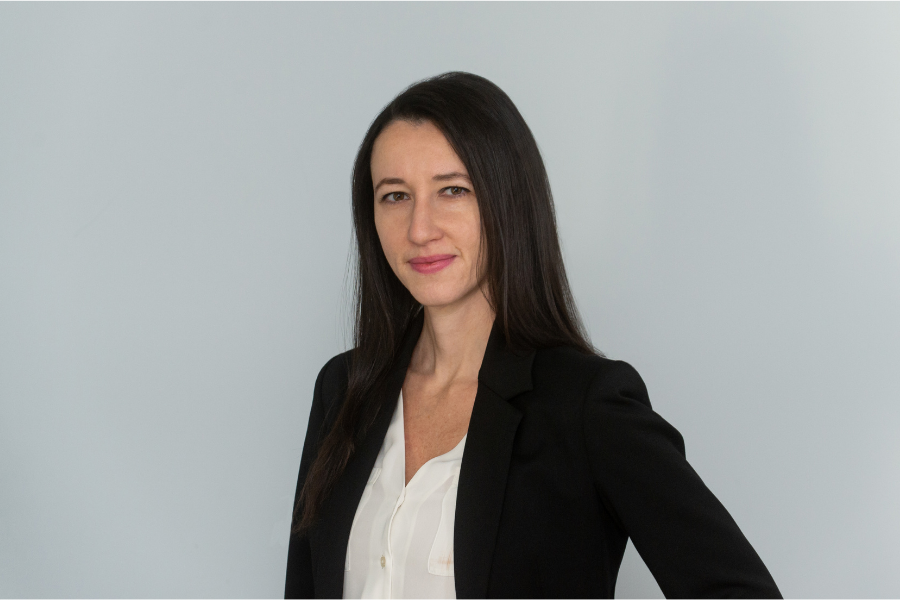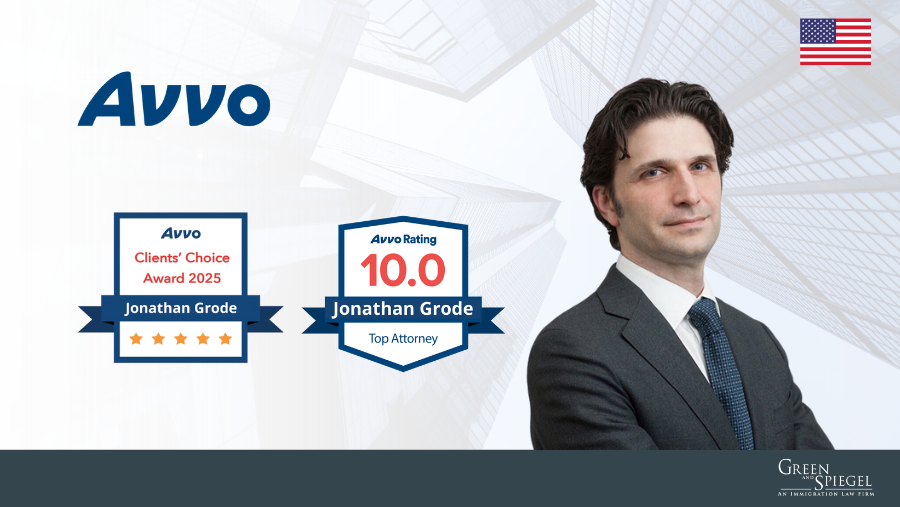DOL Completing Research on Whether to Modernize Schedule A to Include Additional STEM and Non-STEM Occupations in Shortage Occupation Designation
On December 21, 2023, the Department of Labor (“DOL”) issued a public Request for Information (“RFI”) asking for submission of quantitative and other relevant information to help establish an objective method for determining how to revise Schedule A to potentially include science, technology, engineering, and mathematics (“STEM”) and other non-STEM labor as shortage occupations.
With this RFI, DOL hopes to find a labor test that, much like PERM, gives notice to U.S. workers of job opportunity at the same time as it allows U.S. employers to hire foreign workers on a permanent basis. DOL recognizes the substantial amount of evidence available showing the rapid changes in STEM fields, particularly with Artificial Intelligence (“AI”). However, with this RFI, DOL details that the evidence is not enough to necessarily support a conclusion of labor shortage enough to warrant bypassing the market testing step in updating Schedule A. Therefore, the RFI requests a method for calculating labor shortage from the available data and/or new data that it has not yet reviewed. If the public recognizes a labor shortage, DOL wants to know how the conclusion is made and based on which data.
In addition to AI occupation statistics, DOL provided a data overview on the skilled technical workforce (“STW”) as another potential area for Schedule A. Unlike AI occupations that typically require a Bachelor’s degree, STW occupations can be highly technical but may not require a Bachelor’s degree. And despite the recent push for overall STEM education earlier in post-secondary years, the data is not enough to establish areas of labor shortage. According to DOL, with both AI and STW, the job statistics are not yet enough to conclude that U.S. workers will not be adversely affected if Schedule A designation is provided for these fields.
The current Schedule A regulations include two occupational subgroups. Schedule A Group I designates Registered Nurses and Physical Therapists as labor shortage occupations. Schedule A Group II includes sciences, arts, and performing arts, but without occupation specification like in Group I. For Schedule A Group II, employers must establish exceptional ability. Procedurally, Schedule A designation is essentially a labor market test precertification that allows bypassing of the DOL’s PERM process as the permanent shortage of workers is historically established and no further testing of the U.S. market is required. Although a prevailing wage determination (approximately 7 months currently), posting notice (10 business days), and 30-day quiet period are still necessary, the overall green card process for Schedule A is shorter by about a year given current PERM processing times.
With the shortage occupation established, Schedule A cases bypass the DOL with a petition filing straight with Homeland Security (“DHS”), but the petition is filed in duplicate so that DOL still receives a copy of the would-be labor certification application and its information. Despite receiving a copy of each case filed with DHS in Schedule A I-140 immigrant petitions, DOL states that they do not have comprehensive data on how employers use the current Schedule A program. Further, although the RFI does include a short overview of STEM field data DOL has reviewed, such data is not enough for DOL to establish the labor shortage needed to appropriately revise Schedule A. For example, industry research suggests rapid labor market changes in the field of AI, but does not conclude there is a labor shortage within the area. There are also recent studies with data used in the November 2023 issued Executive Order on the Safe, Secure, and Trustworthy Development and Use of AI, but they too are not enough on which to conclude labor shortages. None of the data to which DOL has access, including also BLS’s Occupational Employment Wage Statistics (OEWS) data and Employment Projections data, U.S. Census Bureau’s American Community Survey (ACS) data, and Current Population Survey data, is enough to identify labor shortages to definitively support a Schedule A update. Thus, DOL is seeking the public’s help on how to conclude labor shortages based on all the available data, as well as welcoming additional data.
The public comment period is open through February 20, 2024, and then all comments will be published. The RFI does not confirm that Schedule A regulations will be amended, but it does confirm that DOL is actively looking into the issue to see if labor shortages exist that warrant amending Schedule A. Hopefully the public will deliver the methodology and data that DOL seeks in order to expand Schedule A into the realm of AI and STW in 2024.
Green and Spiegel is keeping a hopeful eye on this promising proposed substantive change to the Schedule A shortage occupation list. Although Schedule A has only received minor updates since its inception in the 1960s, this RFI shows our administration’s efforts in solidifying a green card path for more STEM professionals. Particularly for employers in the AI space, please contact our office for guidance on how you can submit information to the DOL in response to this RFI.





